Hey there, art adventurers! Ready to leap from the soft edges of Impressionism straight into the wild world where rules are more like suggestions? Welcome to Day 7, where we’ll dive into Post-Impressionism all the way to Modern Art. Buckle up; it’s going to get weirdly wonderful!
When Did This Happen?
Roughly from the late 19th century to the mid-20th century, artists decided they’d had enough of painting what they saw. They wanted to paint what they felt, what they thought, and sometimes, what they hallucinated after too much absinthe. This period stretches from the 1880s to around the 1940s, give or take a rebellious artist or two.
Starry Nights and Shocking Sights
Famous Works? Oh, You Bet!
- Vincent van Gogh’s “Starry Night” — If you haven’t seen this swirl-tastic masterpiece, where’ve you been? Van Gogh didn’t just cut off his ear for fun; he painted this beauty while contemplating the cosmos and perhaps his next meal.
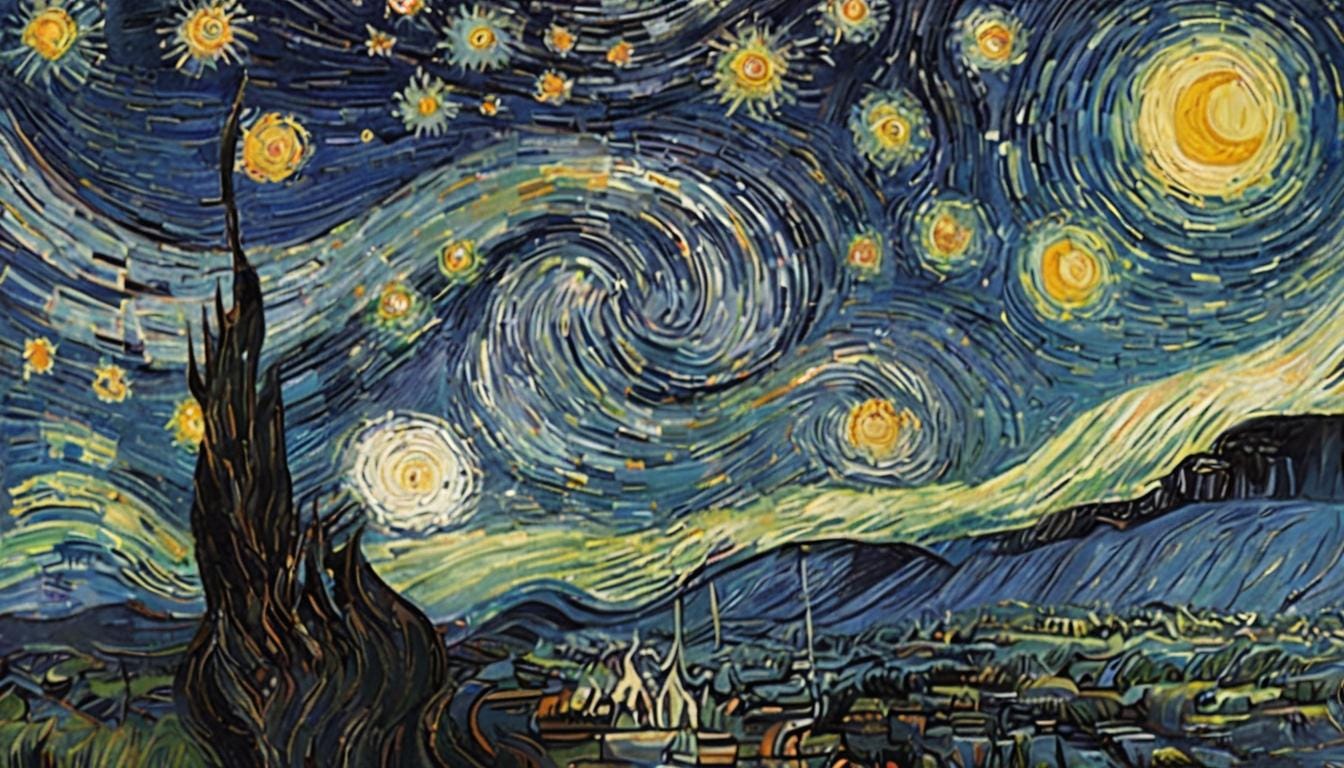
- Paul Cézanne’s “The Card Players” — These guys look like they’re about to start a poker game that decides the fate of the art world. Cézanne played with form and color in ways that made everyone rethink painting.
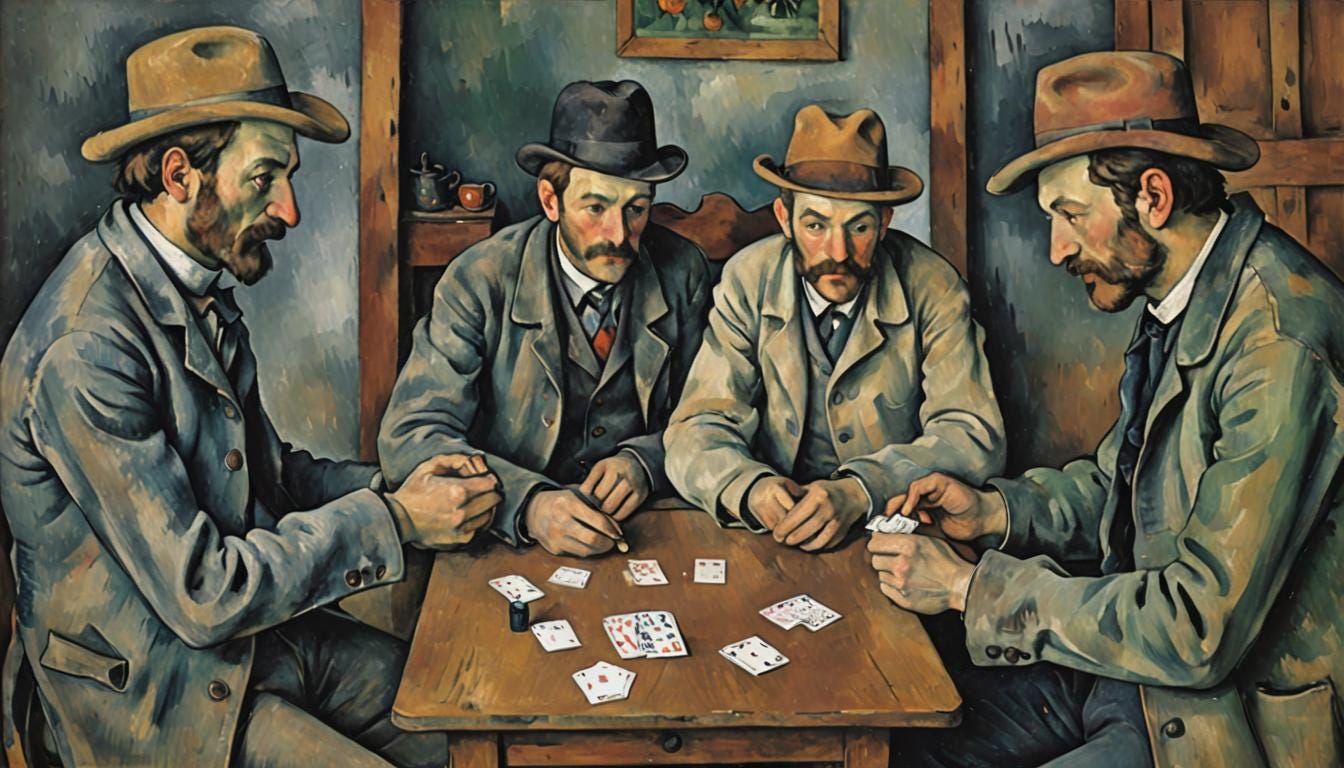
- Pablo Picasso’s “Guernica” — Not a fun picnic scene, but a powerful anti-war painting. Picasso decided that showing human suffering with regular shapes was too mainstream, so he went full Picasso on it.
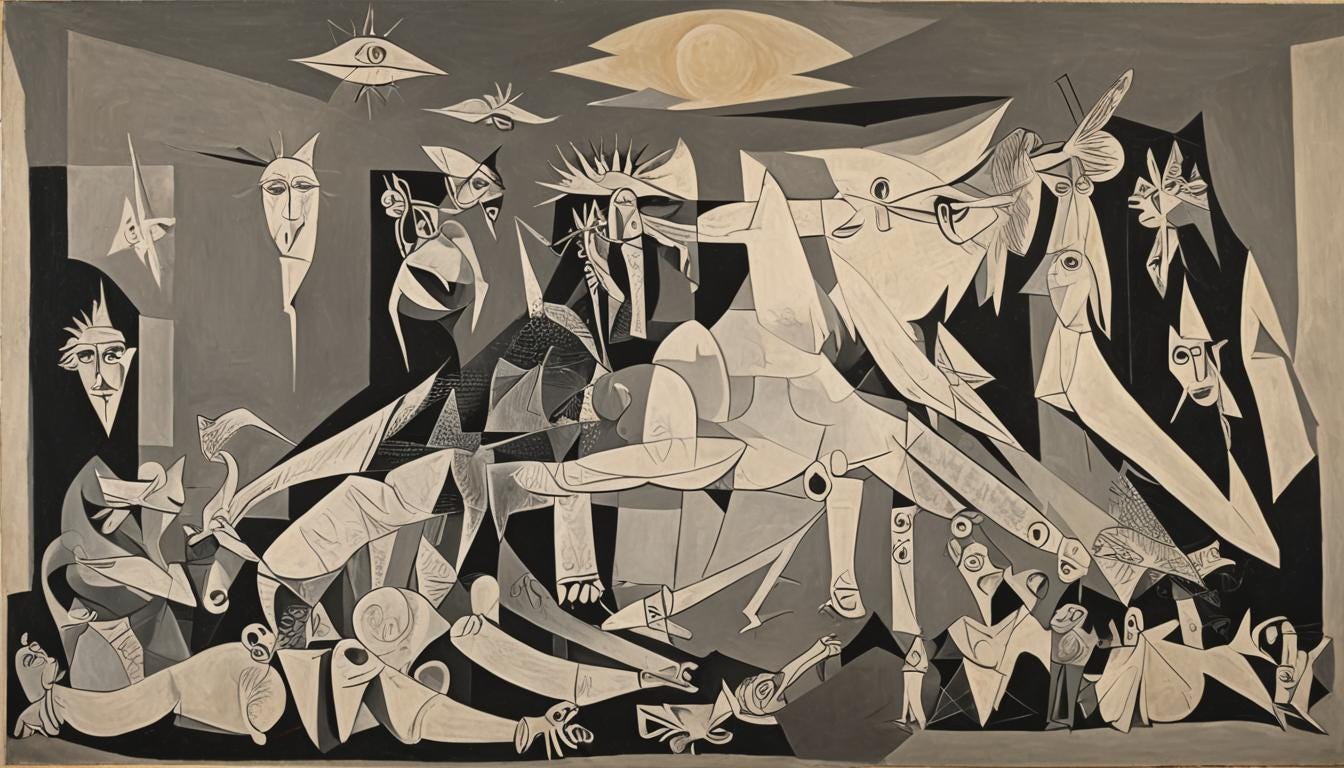
- Salvador Dalí’s “The Persistence of Memory” — Where clocks melt like cheese under the Spanish sun. Because why not?
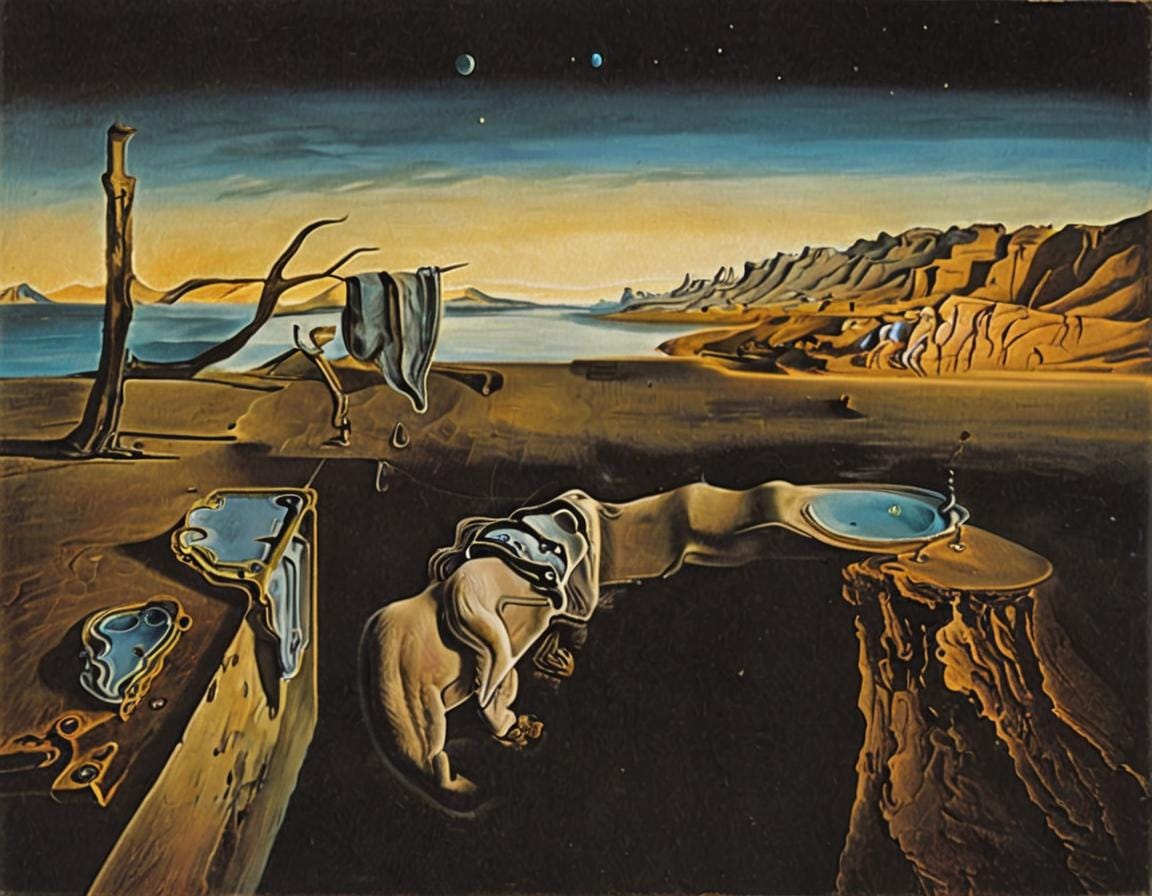
The Interesting, The Odd, and The “Wait, What?”
- Emotion Over Realism: Post-Impressionists like Van Gogh and Gauguin said, “Reality? Never heard of her,” and focused on conveying emotional and symbolic content. Van Gogh’s brush strokes could make you feel the wind in the fields, even if they looked nothing like actual wind.
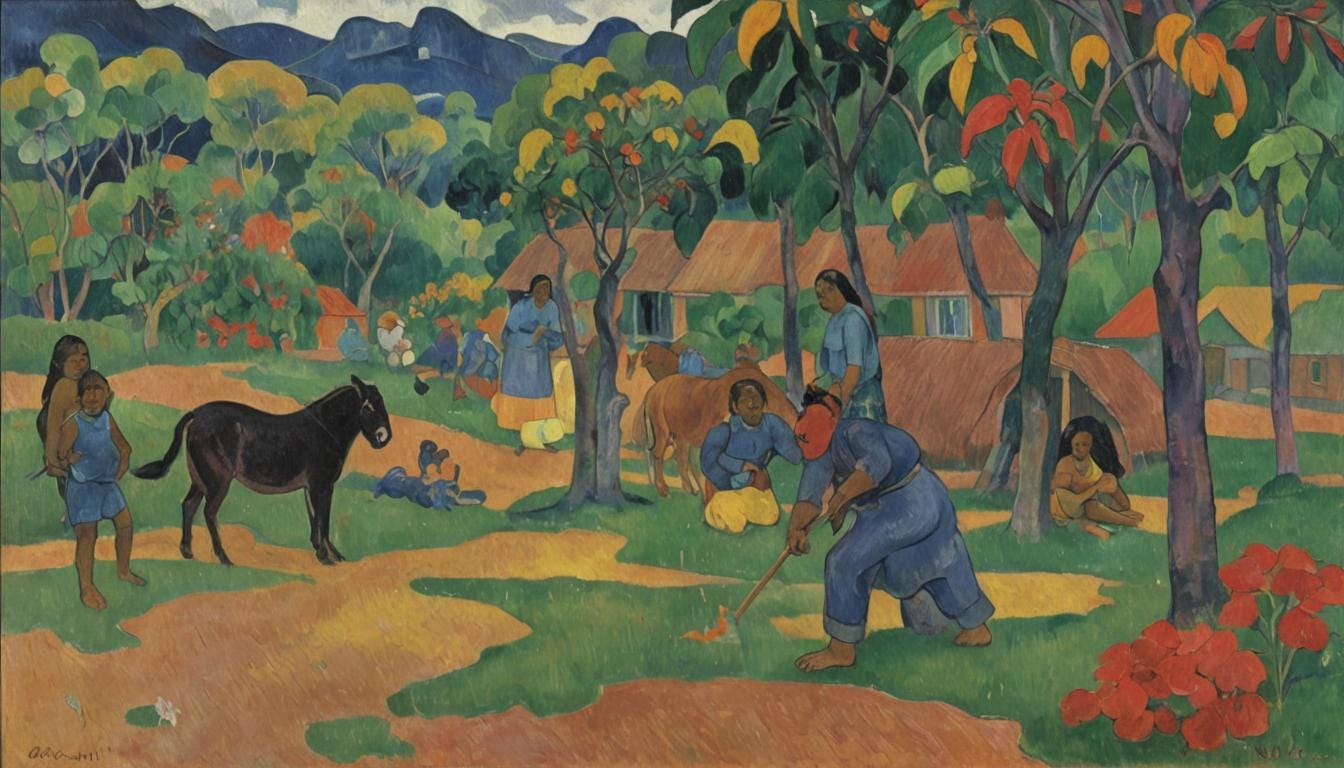
- Cubism — Art’s Puzzle Phase: Picasso and Braque started breaking things apart and putting them back together in ways that made you question if your coffee was spiked. Cubism was like art got fed through a shredder and then lovingly reassembled by someone who’d never seen the original.
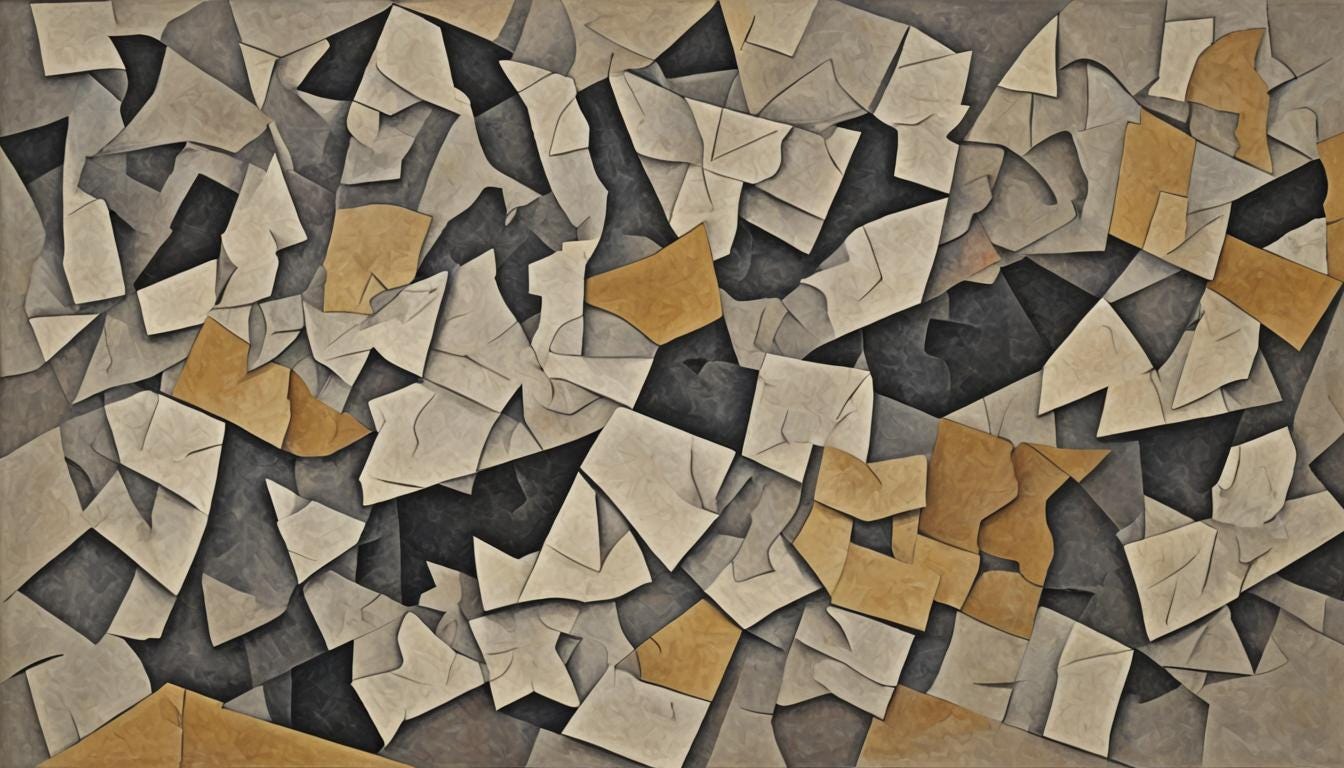
- Surrealism — Dreamscapes and Oddities: If you’ve ever wanted art to reflect the logic of your weirdest dreams, Surrealism has your back. Dalí and his cronies painted the subconscious, where fish could fly, and time itself could droop.
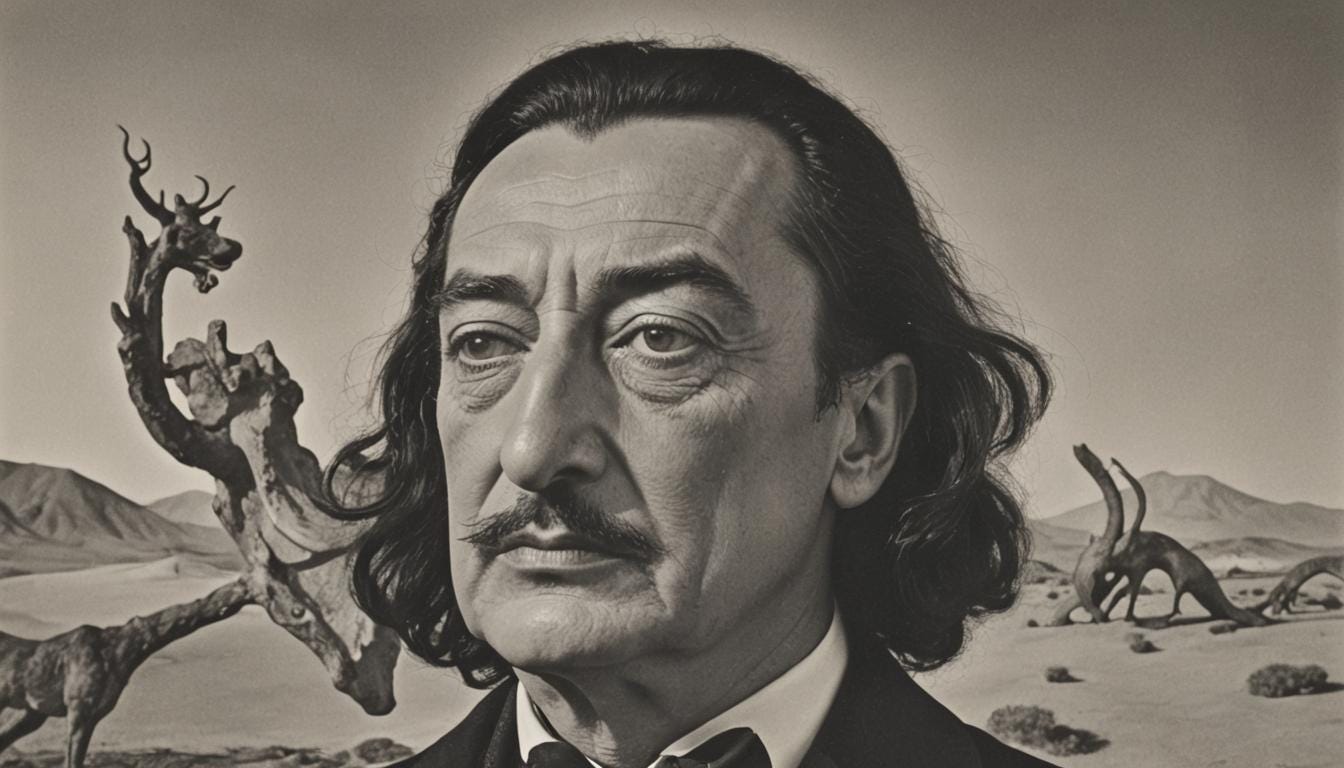
- Abstract Expressionism: Here, artists like Jackson Pollock threw paint around like they were mad at the canvas, but in a very profound way. It was less about “what” and more about “how” the paint landed.
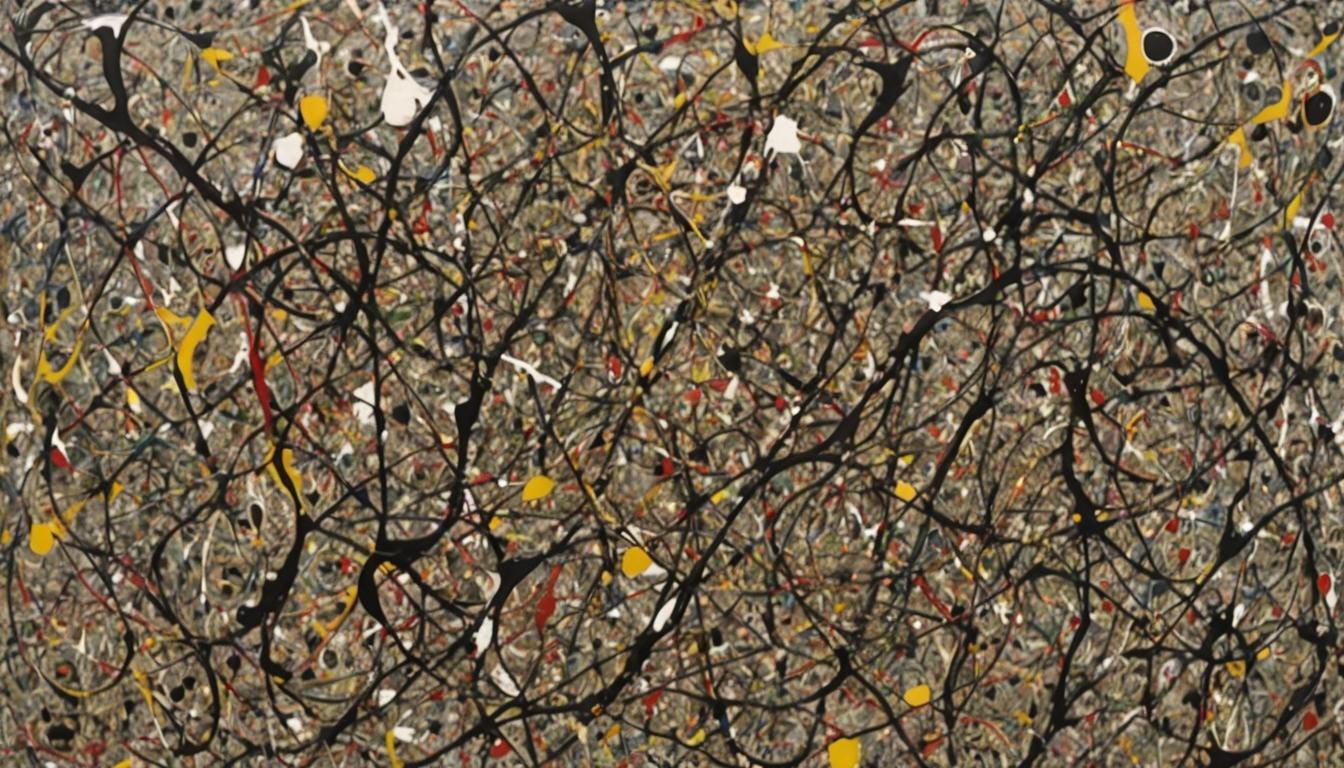
- The Birth of Modern Art Movements: This era wasn’t just about individual styles; it was a breeding ground for movements. Fauvism, Futurism, Dadaism… each had its own manifesto, usually involving some form of “let’s mess with people’s expectations.”
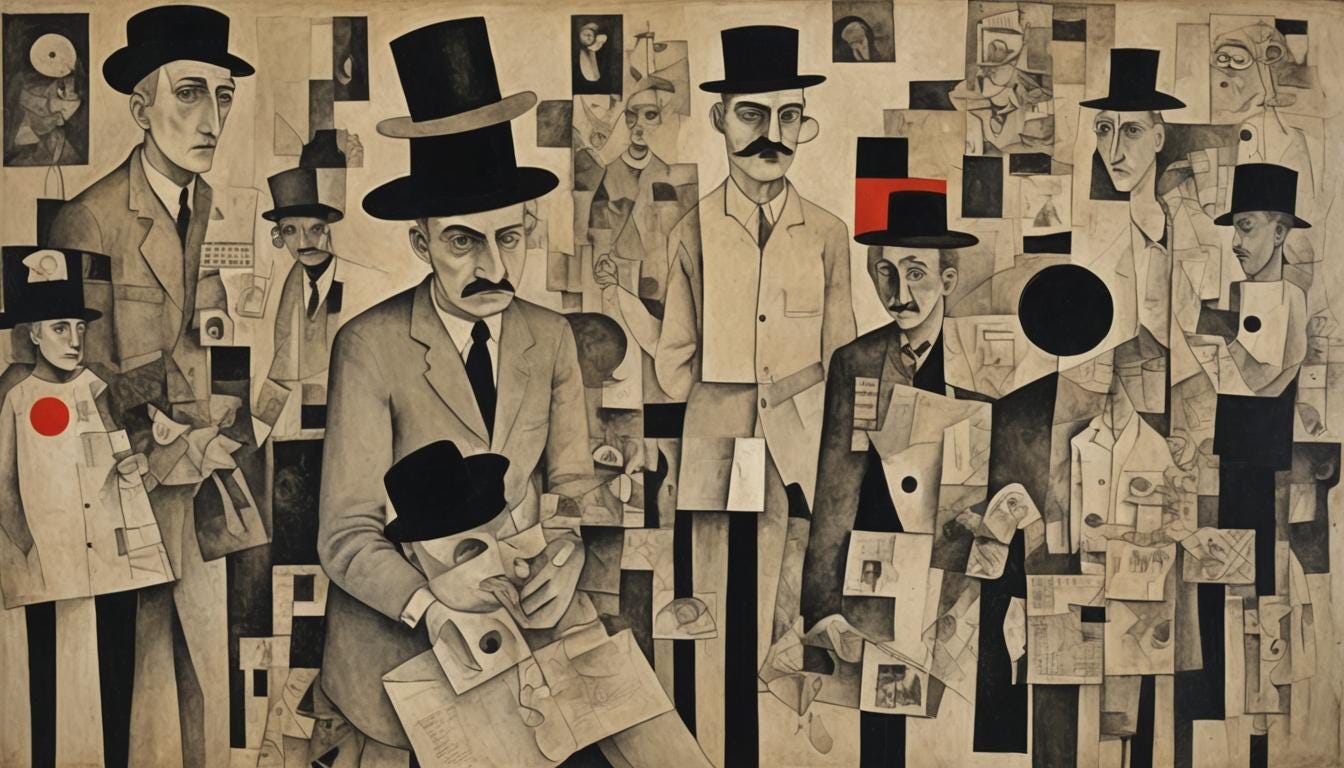
So, there you have it! FromPost-Impressionism to Modern Art, where art said goodbye to the mirror and hello to the maze. Each piece from this era invites you to look closer, think deeper, and maybe scratch your head a bit.
What do you think? Which piece from this era makes you want to dive into a canvas? Or perhaps, which one leaves you utterly confounded? Drop your thoughts below, and let’s get a conversation swirling like one of Van Gogh’s nights!